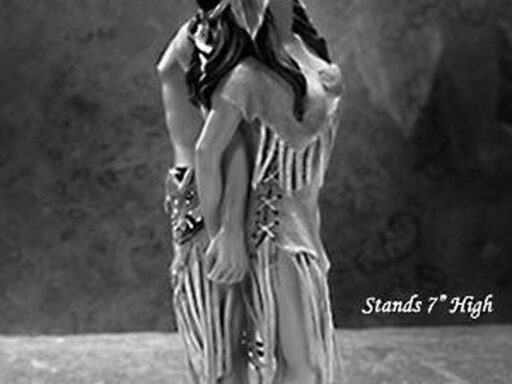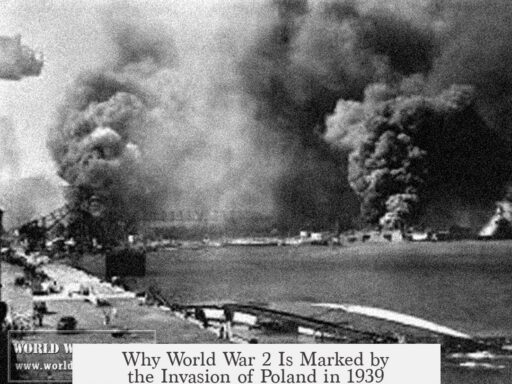The 1095 Crusader indulgence was a special remission of sins granted by Pope Urban II to those who took part in the First Crusade. This plenary indulgence offered full forgiveness of sins to crusaders who swore an oath, wore a cross insignia, and journeyed as pilgrims to Jerusalem, blending spiritual reward with military endeavor.
The concept of an indulgence traditionally meant a remission of the temporal punishment for sins after confession. A person confessed sins, showed contrition, and received forgiveness. However, this was a repetitive cycle since people would continue to sin and need confession again. Indulgences reduced the time spent in purgatory.
Before 1095, the Church had begun to associate warfare against Muslims with penance. Military campaigns in Spain and Sicily in the 1070s and 1080s had introduced the idea that fighting could serve as a form of spiritual cleansing. Soldiers who engaged in these battles were thought to receive indulgences similar to remission granted in confession. This practice laid groundwork for the later, broader concept of the Crusader indulgence.
What made the 1095 Crusader indulgence unique was its plenary nature—meaning it granted full remission of sins, not just partial or for specific transgressions. Pope Urban II offered this complete indulgence to all who took the cross, swore an oath to undertake the journey, and wore a designated insignia, usually a cross-shaped cloth sewn onto clothing. Unlike earlier campaigns, this indulgence extended to the entire expedition and promised spiritual benefits even if sins were committed along the way.
Importantly, this journey was framed primarily as a pilgrimage to the Church of the Holy Sepulchre in Jerusalem. The military conquest aspect was secondary to this religious goal. Crusaders were expected to visit the holy sites to fulfill their vow and thereby obtain the indulgence. This pilgrimage element distinguished the First Crusade from prior military campaigns.
Despite these definitions, many details were unclear at the time. Uncertainties surrounded key questions: Did crusaders have to fight in battles, or was mere participation as a pilgrim sufficient? Was it necessary to reach Jerusalem or the Holy Sepulchre to receive the indulgence? What if someone returned early or died en route? Official guidelines did not exist during or immediately after the First Crusade, so practices and beliefs evolved informally and varied among participants.
The indulgence did not apply universally to all traveling with crusader forces. Non-combatants, such as washerwomen and camp followers, were not granted indulgences since they were not meant to join the campaign. Pope Urban II explicitly advised that women, children, and men unable to fight should remain home. Additionally, soldiers who could better serve in ongoing conflicts closer to home, such as those in Spain, were exempt from crusading to preserve local defense capacities.
Another significant limitation was that Byzantine soldiers, who were often allies in the eastern part of the expedition, did not receive the Pope’s indulgence. Their allegiance was to the Eastern Orthodox Church, separate from papal authority, so the spiritual benefits granted by Rome did not apply to them.
The crusader indulgence was considered superior to previous indulgences. It promised not only remission of all sins for those who completed or died during the crusade but also immediate passage to heaven. Death in crusade was equated with a direct state of grace, a powerful spiritual incentive for participation.
However, the indulgence could be forfeited, especially if a crusader fled the campaign or was accused of cowardice. Such acts voided the remission of sins and denied the spiritual benefits. Despite this, the indulgence was widely seen as a strong motivator that contributed substantially to the crusading movement’s recruitment and morale.
Following the First Crusade, the Church refined the definitions of indulgence and crusader obligations during the 12th and early 13th centuries. It became clearer who qualified as a crusader, the conditions to obtain the indulgence, and how the remission could be granted. Over time, indulgences also evolved into a monetary practice whereby individuals could pay to receive remission or hire others as substitutes, a process that eventually contributed to criticisms during the Protestant Reformation centuries later.
Ultimately, the 1095 Crusader indulgence was a novel fusion of penance, pilgrimage, and warfare. It created a new framework for spiritual rewards in the context of military expedition. Yet, much about it remained ambiguous and was shaped by participants’ interpretations and later ecclesiastical clarifications.
- The 1095 indulgence granted full remission of sins for crusaders who took an oath and journeyed to Jerusalem.
- It followed earlier partial indulgences linked to fighting Muslims in Spain and Sicily.
- The journey was first a pilgrimage to holy sites, second a military campaign.
- Non-combatants and local defenders were excluded from the indulgence.
- Unclear rules existed on participation levels and requirements to complete the journey.
- Byzantine soldiers were not covered under the papal indulgence.
- Indulgences could be lost through cowardice or fleeing the crusade.
- The concept evolved over time into monetary forms and was refined in later centuries.
What Was the 1095 Crusader Indulgence? Unpacking the Medieval Perk That Launched a Movement
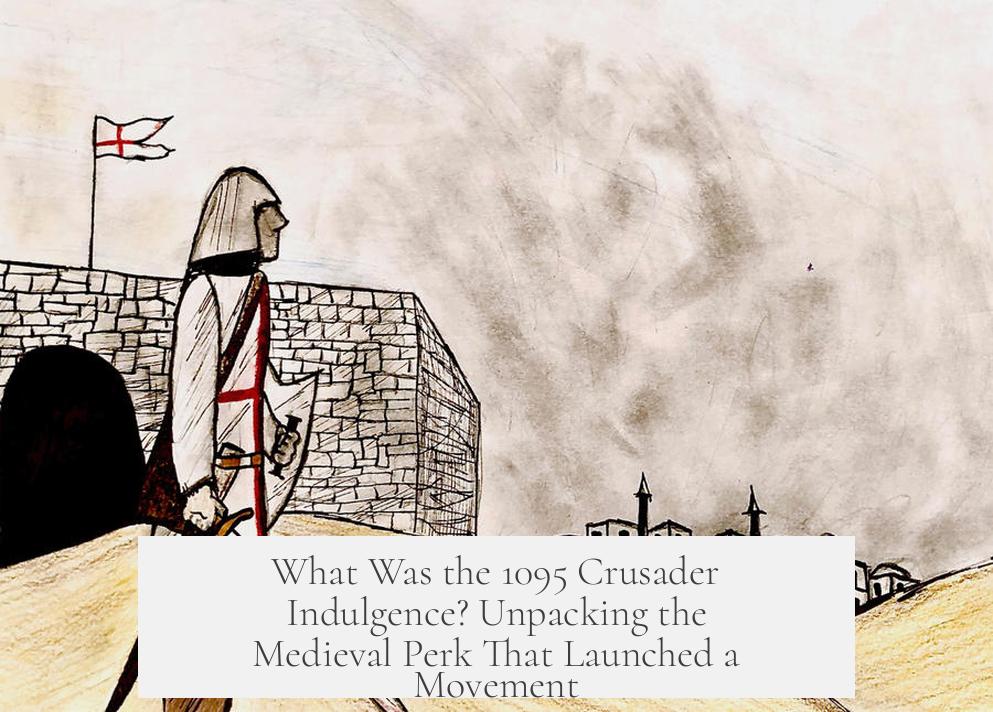
The 1095 Crusader indulgence was essentially a *plenary indulgence*—a full remission of all sins for those who took part in the First Crusade under specific conditions. But that tidy one-sentence answer barely scratches the surface of a concept wrapped in faith, warfare, politics, and evolving Church doctrine. So, what exactly made the 1095 indulgence unique? How did it differ from earlier indulgences? And what quirky ambiguities and unintended consequences came along for the ride? Let’s embark on a journey through history, armed with clarity, curiosity, and, yes, a sprinkle of medieval humor.
The Indulgence Primer: What Is an Indulgence Anyway?
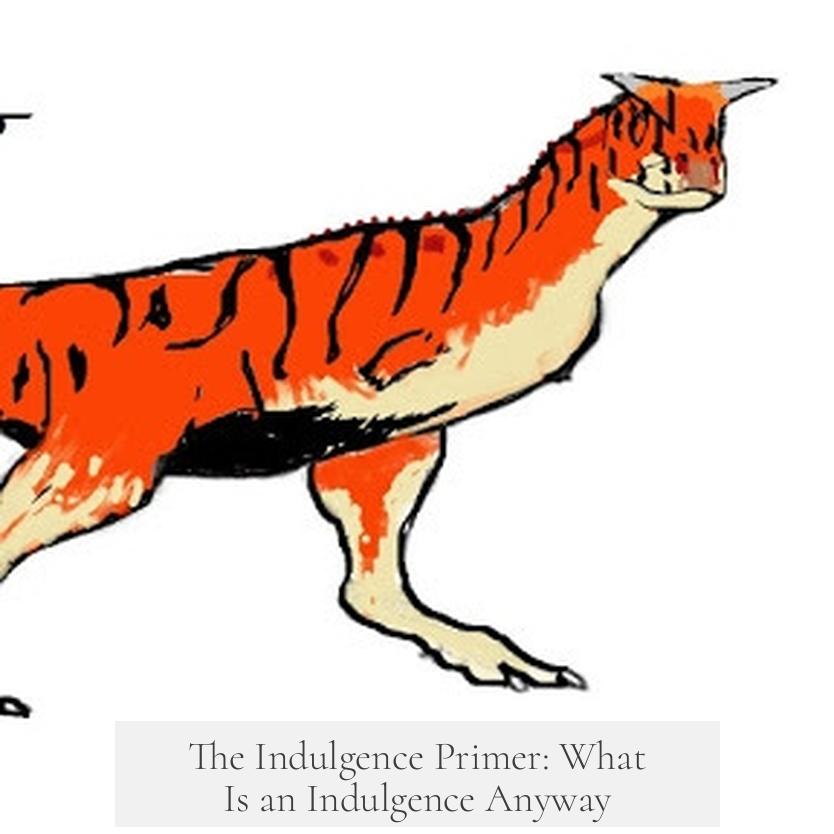
First, the basics. An indulgence, in the simplest terms, is a remission of sin granted by the Church. Think of it like this: you confess your sins, show genuine remorse, and your priest figuratively “crosses off” your spiritual debt. But life being life, and human nature being notoriously messy, you’d eventually sin again, confess again, and seek fresh indulgence.
In 11th-century Europe, the Church took this a step further. It began imagining warfare—not just prayer or confession—as a form of penance. So, soldiers fighting in the Church-sanctioned battles against Muslims in places like Spain could receive indulgences. This was no small carrot. Instead of countless confessions, a soldier could gain ‘remission of sins’ by wielding a sword for the “right” cause.
From Spain and Sicily to Jerusalem: The Prequel to the First Crusade Indulgence
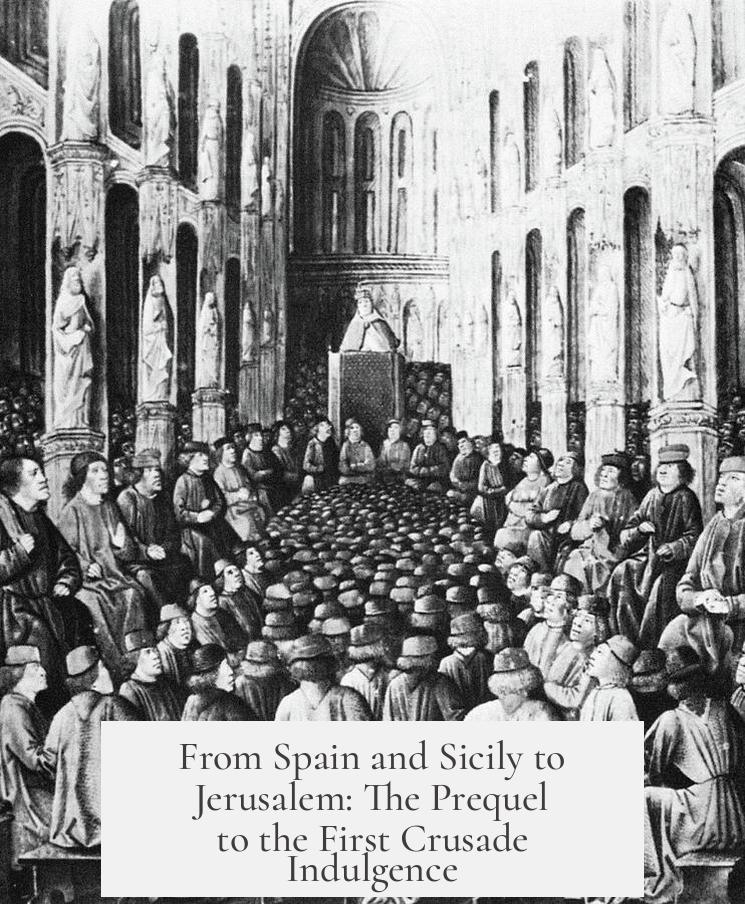
This idea wasn’t plucked from thin air in 1095. Expeditions into Mediterranean hotspots like Spain and Sicily in the 1070s and 1080s already linked military campaigns against Muslims with spiritual rewards. The Church had basically tested the waters. So when Pope Urban II called for the First Crusade, he amplified this concept dramatically.
Pope Urban II and the *Plenary* Indulgence: The Game-Changer
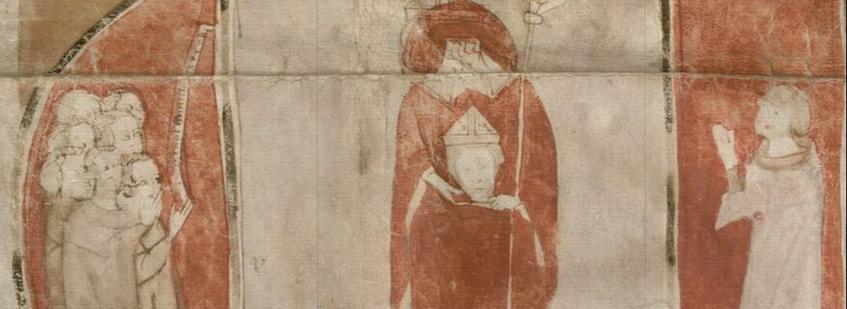
Here’s where it gets juicy. Urban promised a *plenary* indulgence—a full wipe of all sins committed, *not just* those confessed since your last indulgence. This was a revolutionary leap. No more piecemeal forgiveness. Imagine being told, “Go march halfway across the world, fight or pray, and all your sins, past, present, and future—poof!—gone.”
Of course, this indulgence wasn’t handed out like candy. Crusaders had to swear a solemn oath and wear a distinctive emblem, usually a cross sewn onto their clothes. The ultimate goal was spiritual pilgrimage: to reach Jerusalem and visit the Church of the Holy Sepulchre. The military campaign was supposed to be secondary, or maybe the icing on the cake—though history shows things quickly got complicated on that front.
What Did ‘Participation’ Really Mean? The Big Grey Area

Here is where *things* get blurry. Did crusaders need to fight? Was mere pilgrimage enough? What if they died en route? Could they turn back early and still keep their indulgence? The Church left many questions unanswered in 1095, likely because even they didn’t have firm answers. It was pioneering theology in real-time, and the legal definitions around indulgences and crusaders only crystallized decades later.
Urban was explicit about one thing: non-combatants like women, children, or men unfit for battle should stay home. Washerwomen and camp followers, for example, weren’t entitled to indulgences since their role wasn’t sanctioned.
Who Didn’t Get the Perk? The Not-So-Inclusive Indulgence
Not everybody got to bask in the glory of a plenary indulgence. Byzantine soldiers, even though they fought the same enemies in the same region, were outside the Pope’s jurisdiction and hence excluded. Soldiers near Spain who could better serve local campaigns were told to stay put, though some ignored that advice. In other words, the indulgence came with geographic and hierarchical baggage.
The Holy Grail of Indulgences: What Crusaders Really Got
Why was this indulgence so coveted? Because it offered something extraordinary for the time—a guaranteed continuous state of grace. If a crusader died en route (and many did), they were promised immediate passage to heaven. That was a tempting offer. The medieval afterlife market had just found its blockbuster product.
But the indulgence came with strings attached. Fleeing the crusade or cowardice could apparently revoke this heavenly ticket. So quitting wasn’t just embarrassing; it was spiritually dangerous.
From Spiritual Reward to Cash Cow: The Evolution of Indulgences
Fast-forward to the 12th and 13th centuries, and things got tidier—legally and theologically. They clarified who qualified as a crusader, the exact nature of indulgences, and what commitments were necessary. But the original spirit of the 1095 indulgence started to warp.
Indulgences eventually evolved into a form of fundraising. People could pay a fee instead of fighting, or hire someone to take their place. This “transactional” indulgence model sowed seeds of controversy that blossomed centuries later into the Protestant Reformation. Protesters lambasted the idea of “buying” spiritual forgiveness, which at its root came from the very indulgence framework that the Crusades popularized.
The Takeaway: What Can We Learn About the 1095 Indulgence Today?
- It marked a turning point where warfare entered religious life as penance.
- It introduced the plenary indulgence, a founder of later spiritual and political dynamics.
- It blurred the lines between pilgrimage and military conquest.
- It reflected a Church improvising doctrine amid massive social upheaval.
So, is it fair to say the 1095 Crusader indulgence was just a get-out-of-hell-free card? Kinda, but only if you look through a very 11th-century lens. It was a tool of motivation, religious fervor, and realpolitik wrapped into one—complex, messy, and transformative. And most importantly, it was *the* spiritual incentive that fired up Europe’s knights and peasants to head east, changing history forever.
Would You Take the Plunge?
Imagine being told, “Fight in a war, and you are absolved of every sin you could throw at yourself, even the sneaky ones you haven’t yet committed.” Sounds tempting, but would the risk have been worth it? What if you never made it to Jerusalem? Would you trust the promise of a plenary indulgence, or would you think twice?
History doesn’t offer hard-edged answers because the Church was still figuring it out. What’s clear, though, is that the 1095 indulgence wasn’t just a medieval gimmick—it was the spiritual rocket fuel powering the First Crusade.
“The answers to your questions are whatever people thought about it at the time, which they were making up as they went.” — A Medieval Historian’s Take


